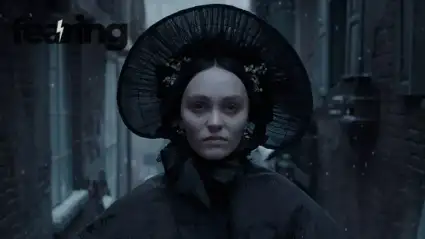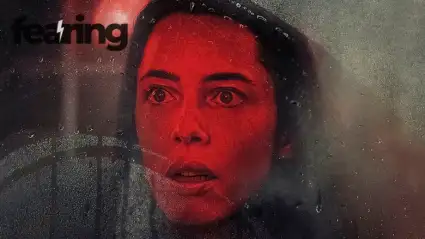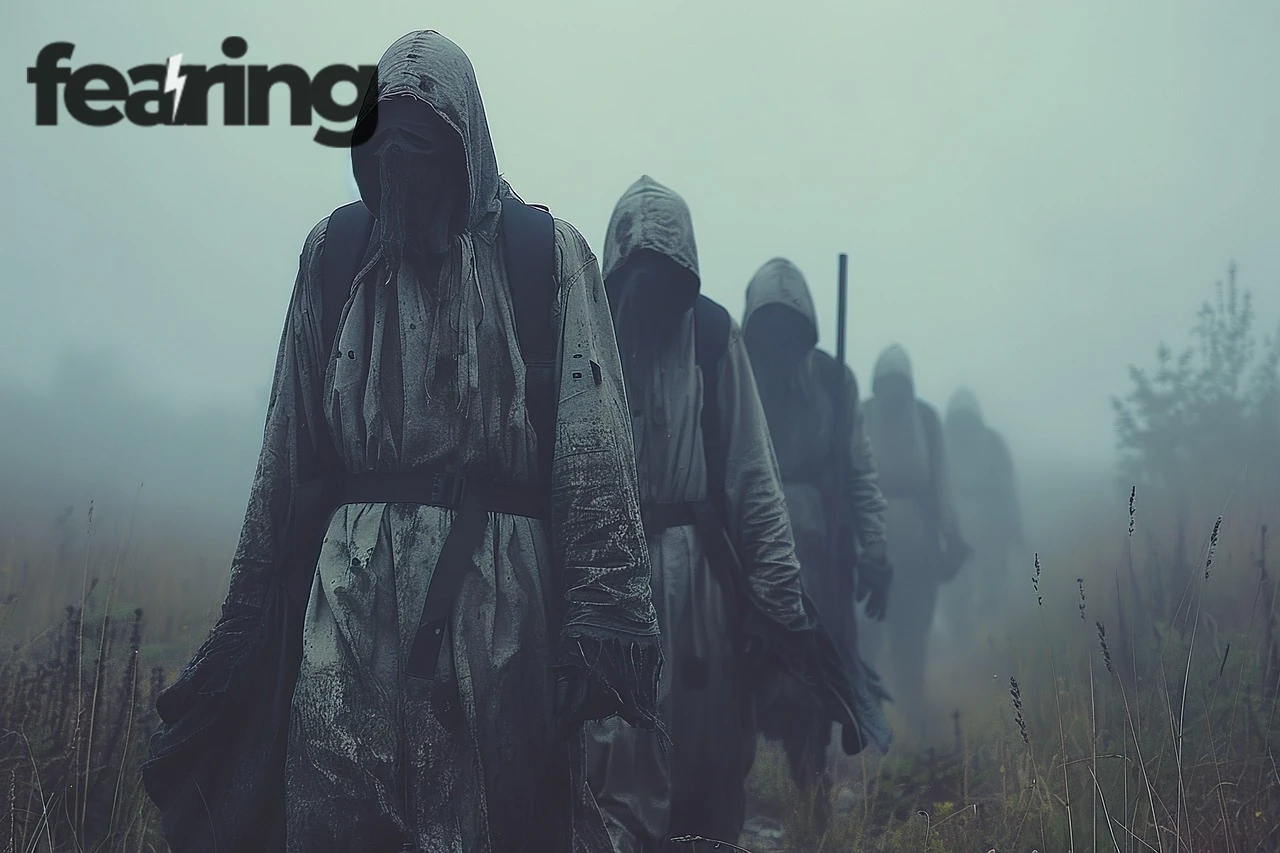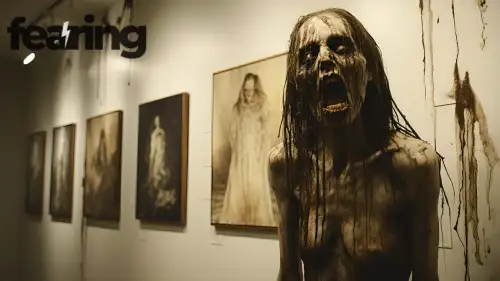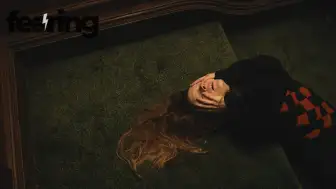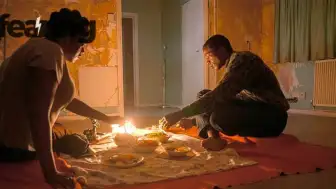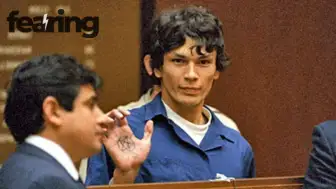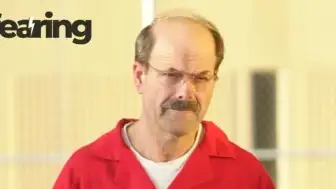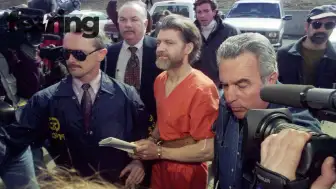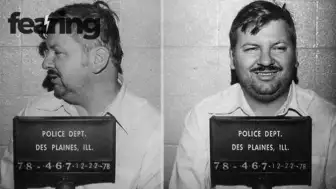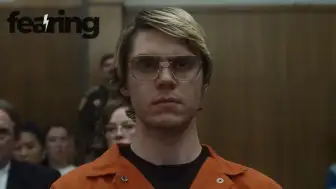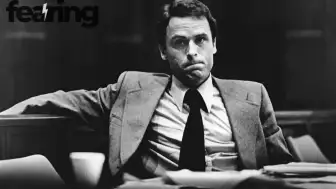The Woman in the Yard is one of those rare horror films that sneaks up on you—not with loud jumpscares or grotesque creatures, but with a gnawing, intimate sense of dread that burrows into your skin and refuses to leave. Directed by Emmy-winning screenwriter turned first-time director Kelli Johansson, the film is a slow, aching descent into the horrors of isolation, domestic regret, and fractured memory. Released on Hulu in early 2025, it’s been labeled both a masterpiece of emotional horror and a manipulative mess by critics and fans alike. But one thing’s for sure: that ending left everyone talking.
What Is The Woman in the Yard About?
The film centers on Nora Whitaker (played masterfully by Toni Collette), a recently widowed woman recovering from a breakdown, who relocates to a secluded suburban home left to her by her late husband’s estranged aunt. What begins as a quiet period of healing takes a dark turn when Nora starts seeing a woman standing in her overgrown backyard every night at exactly 3:15 AM.
The woman doesn’t speak. She doesn’t move. She just stands there—day after day.
“The scariest thing isn’t that she’s there. It’s that she’s not leaving.”
— Nora (Toni Collette), 41 minutes into the film
As Nora’s mental health deteriorates, the lines between hallucination, haunting, and trauma begin to blur. The film teases a ghost story, hints at supernatural folklore, then pulls the rug out entirely in the final act.
The Ending, Decoded
So what actually happens at the end?
After 100 minutes of unsettling visuals and unreliable narration, the final 10 minutes make a dramatic tonal shift. Nora confronts the woman in the yard—who is now inside the house—and recognizes her: it’s herself, or rather, a distorted version of her from a time in her life she had suppressed.
A rapid montage reveals:
Nora had been institutionalized years before for neglecting her daughter during a psychotic break.
Her husband covered it up, faking her recovery and hiding their daughter’s adoption.
The yard belonged to the facility’s therapy garden, not a suburban home.
Suddenly, the truth unravels: Nora was never “recovering in a house.” She was never alone. She was never safe.
She is a patient—still inside the facility. The “yard” was a projection of her guilt.
Interpretations of the Final Scene
The last shot of The Woman in the Yard is visually minimalist: a slow zoom into the empty chair Nora once occupied, now overturned in a sunlit room. Soft murmurs echo in the background.
“It’s a grief loop—cinematic dissociation at its bleakest.”
— IndieWire
Some interpretations:
Mental Illness Allegory: The film uses horror elements to personify trauma, showing how the mind creates monsters to avoid facing reality.
A Ghost of Guilt: The “woman” is Nora’s guilt, made manifest. She isn’t haunted—she is the haunting.
Commentary on Mental Healthcare: The facility-as-home twist critiques how we sanitize trauma for public consumption.
Visual Clues You Probably Missed
[Visual Symbolism Breakdown]
Clocks stopping at 3:15 AM: This was the time Nora was first committed years ago.
The red scarf: Seen on the woman, also worn by Nora in a childhood photo briefly shown.
The sound design: Faint recordings of a child singing “You Are My Sunshine” loop in the background during yard scenes—hinting at the daughter’s erasure.
In Color: The color palette transitions from muted earth tones to sterile grays and whites as the film progresses, symbolizing the move from delusion to institutional reality.
The Use of Silence as a Weapon
Much of the film’s horror stems from what isn’t said. There are entire sequences without dialogue—just rustling leaves, footsteps on gravel, and Nora’s breathing. It’s in these silences that the viewer becomes complicit, forced to fill the gaps.
“We didn’t want to scare people. We wanted them to remember something they’d buried.”
— Kelli Johansson, SXSW 2025
Performances That Hit Too Close
Toni Collette delivers what many are calling her finest performance since Hereditary. Her portrayal of Nora is a slow unraveling—subtle at first, then harrowing.
[Performance Highlights]
Collette’s use of eye movement: her avoidance of reflections, which we later learn is symbolic.
The hand tremble: recurring whenever she’s near the yard—linked to a trauma response.
Microexpressions: her smile when reading the fake letter from her husband, knowing it’s fabricated.
Reception: Divisive but Unforgettable
Critics have been split:
“A masterclass in psychological horror with a finale that redefines the genre.”
— RogerEbert.com
“Emotionally manipulative and narratively lazy.”
— The AV Club
Audiences, however, are still debating on forums, TikTok explainers, and YouTube breakdowns.
Should You Watch It?
✅ Yes, if:
You’re a fan of Saint Maud, Black Swan, or The Night House.
You appreciate horror films that require emotional labor.
You enjoy decoding layered symbolism.
⛔ No, if:
You prefer plot-driven ghost stories.
You dislike unreliable narrators.
You want resolution and catharsis.
Final Thoughts
The Woman in the Yard may not be for everyone, but it boldly stakes a claim in the evolving subgenre of “trauma horror.” It trades easy scares for a creeping sadness that lingers long after the credits roll. Love it or hate it, the film forces you to engage—with its themes, with your own discomfort, and with the question: What part of ourselves do we bury so deeply, it comes back as a ghost?
Now Streaming On:
Hulu, Apple TV, Paramount+


